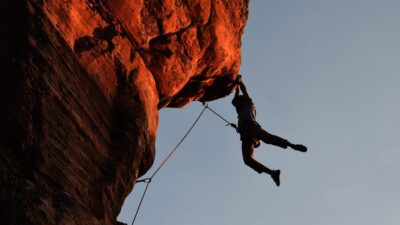From Rinks to Street: The Evolution of Skating Culture
Skating culture has undergone a profound transformation over the decades, evolving from traditional rinks to vibrant street scenes that celebrate individual expression and athleticism. This evolution reflects broader social changes, technological advancements, and shifts in community engagement. Let’s take a closer look at how skating culture has transitioned from rinks to street and what this shift means for skaters today.
The Early Years: Rink Culture
Skating began as a structured activity in the 18th century, primarily conducted in rinks. The advent of roller rinks in the 19th century provided a space for social interaction and leisure. Roller skating became immensely popular in America during the 1930s and 1940s, fostering a sense of community. Rinks often held themed nights, competitions, and events, drawing in crowds and creating a vibrant social scene.
Kids and teenagers would flock to these rinks, where instructors taught them the basics, and skating served as both a recreational and competitive outlet. The wear and tear of these rinks didn’t diminish their charm; instead, they became focal points for local culture, complete with jukeboxes and disco lights.
The Rise of Freestyle:
By the 1970s and 1980s, the wheels began turning away from rinks and onto the streets. Driven by a desire for self-expression, skaters embraced the urban environment. The introduction of the skateboard revolutionized the scene, enabling skaters to perform tricks anywhere—from parks to staircases. This shift signified a departure from the confined spaces of rinks to an open and less regulated street culture.
Freestyle skating gained traction, fueled by pioneering skaters who pushed the boundaries of what was possible. The emergence of skate parks offered new platforms for these athletes to flourish. Skateboarding films like "The Birth of the S.L.A.B." were instrumental in mainstreaming this culture, showcasing the artistry and athleticism of street skating.
Blending Cultures: The Emergence of Inline Skating
As the ‘80s transitioned into the ‘90s, inline skating emerged, further diversifying the skating landscape. It provided an alternative to skateboarding and introduced a different style that included aggressive skating, racing, and rhythm. The inline skating boom saw a massive influx of participants, with events like the X Games bringing this sport into the limelight.
Inline skaters carved out their niches on streets, sidewalks, and parks, sometimes incorporating iconic elements of skateboard culture into their routines. The lines between skaters and inline athletes began to blur, with both groups sharing spaces and creating a melting pot of styles, tricks, and music.
Street Culture: A Canvas for Expression
By the 1990s and early 2000s, the street skating scene had become a rich culture of creativity. Skaters brought their unique styles to the streets, incorporating fashion, music, and visual art. Graffiti began to merge with skating, creating a unique visual identity. Skate videos became a popular medium, immortalizing tricks and styles, while platforms like VHS and later YouTube provided widespread access to these cultural artifacts.
Skate shops became community hubs, fostering a sense of belonging and culture. Events like competitions and street festivals celebrated the spirit of skating, solidifying its place as an integral part of urban life.
The Digital Age: Gravitating Towards Inclusivity
Today, skating culture continues to evolve, embracing inclusivity and diversity. Social media platforms have democratized access to skate culture, allowing anyone with a passion for skating to showcase their skills and connect with like-minded individuals. TikTok, Instagram, and YouTube have become venues for sharing tricks, tutorials, and lifestyle content, inspiring a new generation of skaters.
Furthermore, adaptive skating has gained momentum, involving individuals with disabilities and broadening the definition of a skater. Organizations and initiatives focus on creating accessible environments and promoting inclusivity within the skating community.
Conclusion: The Future of Skating Culture
The evolution from rinks to the streets encapsulates the dynamic nature of skating culture. While traditional rinks still hold nostalgic value, the streets have become the breeding ground for individual expression, creativity, and community building. As technology continues to reshape the landscape and societal attitudes evolve, skating culture will likely keep adapting, merging new influences while honoring its roots.
In a world where boundaries are constantly being redefined, skating will continue to skate along the lines of creativity, athleticism, and community spirit, proving itself to be much more than just a sport; it is a culture that celebrates freedom.



